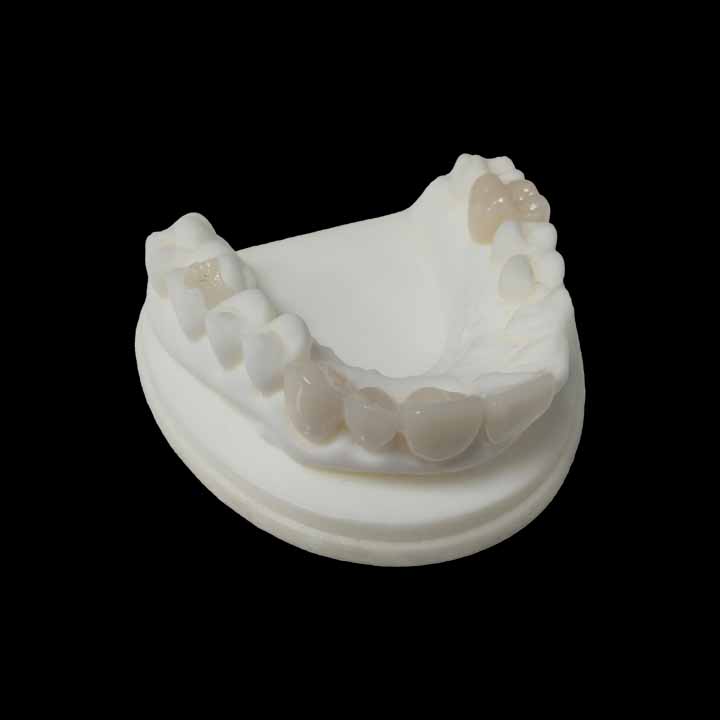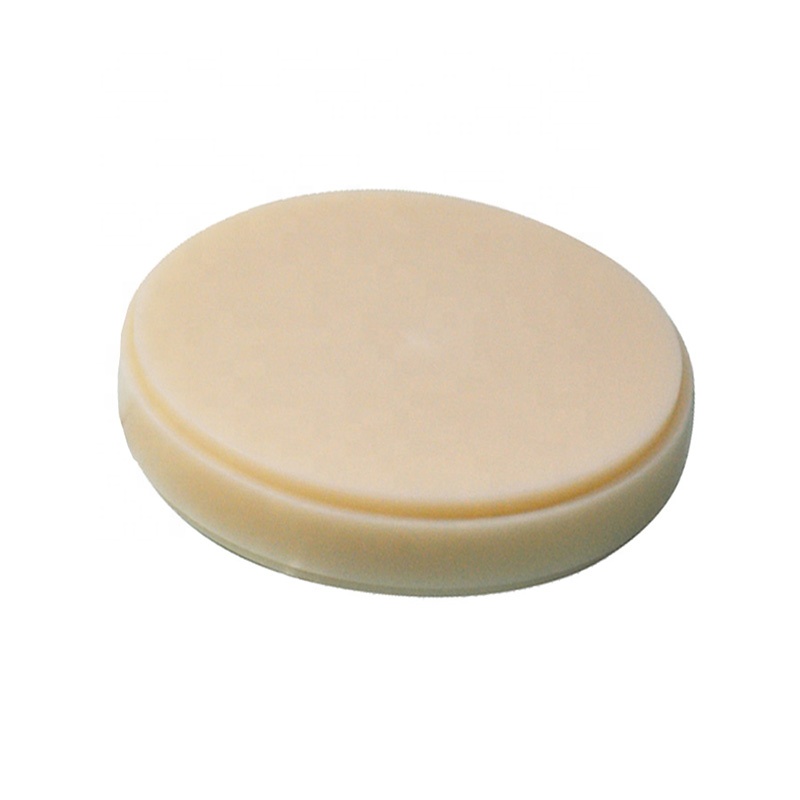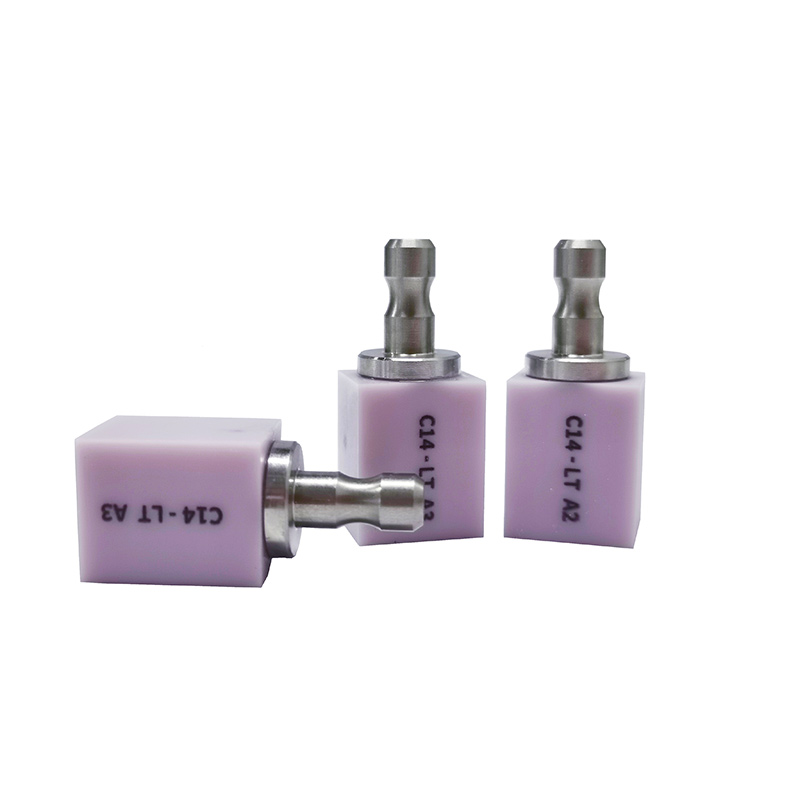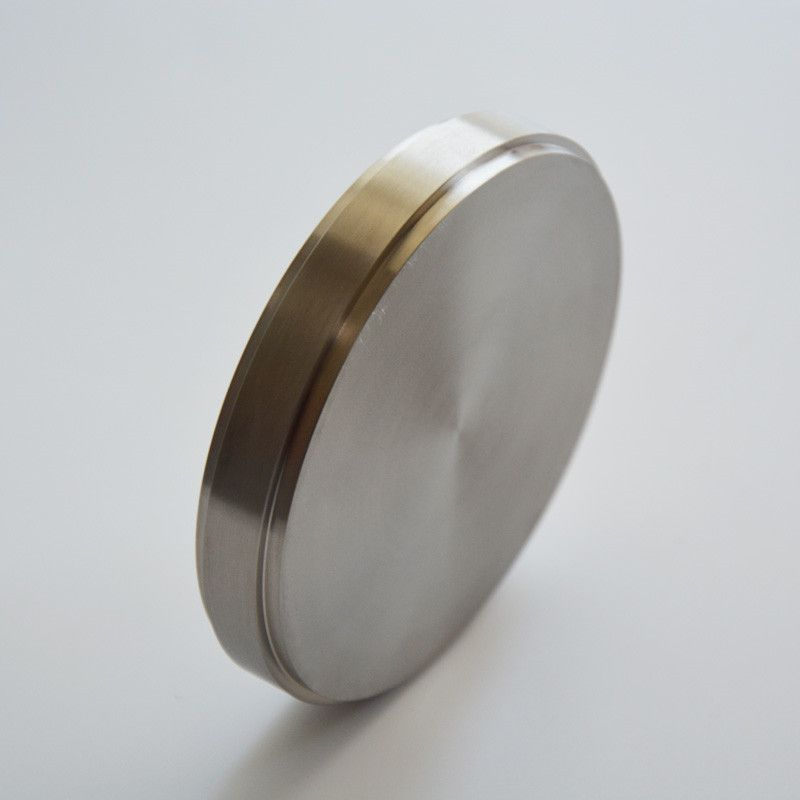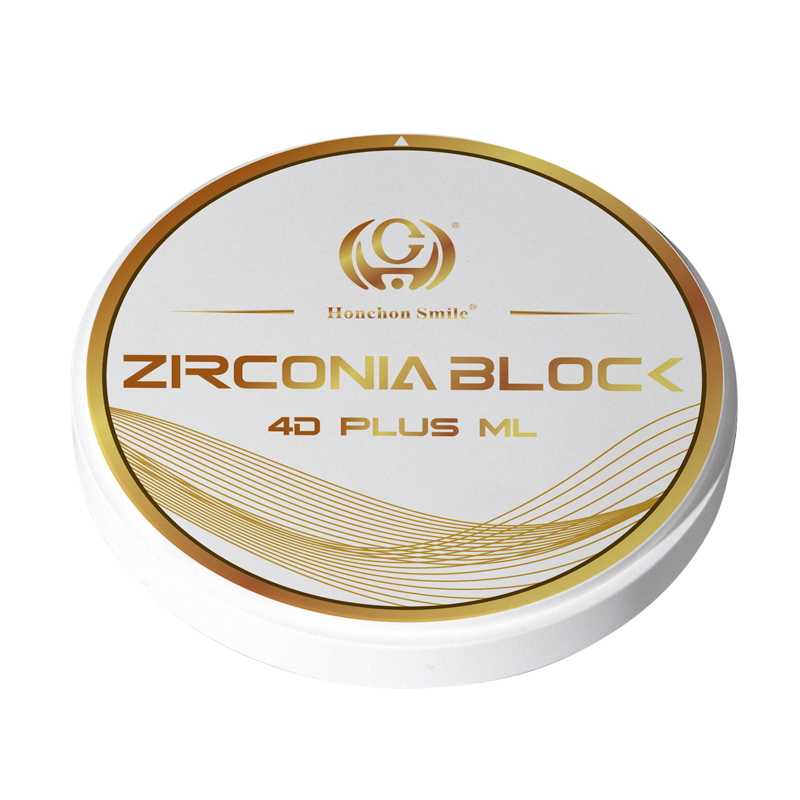Zirconia Blocks in Dentistry: Benefits, Uses, and How to Choose
2025-09-19
Introduction
Modern dental restorations are all about combining strength, aesthetics, and patient safety. Zirconia blocks have emerged as a top choice for crowns, bridges, and implant restorations because they check all these boxes. Dentists and labs worldwide rely on zirconia for reliable, long-lasting, and natural-looking results.
In this guide, we’ll cover why zirconia blocks are popular, how they’re used, and what to look for when selecting the best material.
What Are Zirconia Blocks?
Zirconia blocks (or dental zirconia discs) are pre-sintered ceramic materials made from zirconium dioxide. After milling with CAD/CAM systems and high-temperature sintering, they transform into strong, lifelike dental restorations.
There are three main types:
White zirconia blocks – perfect for custom coloring and staining.
Pre-shaded blocks – available in VITA 16 shades for quicker workflow.
Multilayer blocks – designed with gradient color and translucency for a natural tooth appearance.
Thanks to their versatility, zirconia works well for both front and back teeth.
Why Choose Zirconia Blocks?
1. Exceptional Strength
Zirconia’s flexural strength (1100–1200 MPa) is much higher than glass ceramics. It’s ideal for posterior crowns and long-span bridges that endure heavy chewing. Less risk of cracks or chips means restorations last longer.
2. Natural Look
Modern multilayer zirconia has 43–49% translucency, closely mimicking real enamel. With proper staining and glazing, crowns blend seamlessly with surrounding teeth, perfect for visible front teeth.
3. Biocompatible and Safe
Zirconia is metal-free, non-allergenic, and gentle on gums. Patients with metal sensitivities or allergies can safely enjoy zirconia restorations.
4. Long-Lasting Color
Unlike some resins or metals, zirconia maintains its shade for years, keeping restorations looking natural over time.
5. Wide Applications
Zirconia can be used for:
Single crowns and veneers
Multi-unit bridges
Implant abutments
Inlays and onlays
Its combination of strength, aesthetics, and safety makes it one of the most versatile materials in restorative dentistry.
Applications in Dentistry
Zirconia blocks are milled using CAD/CAM systems, making them compatible with:
Single crowns and full-contour restorations
Three-unit and long-span bridges
Implant abutments
Inlays, onlays, and veneers
Common disc sizes (98 mm, 95 mm, 92×75 mm) fit popular machines like Roland, Amann Girrbach, and other open-system devices.
How to Pick High-Quality Zirconia
Not all zirconia is the same. When choosing:
Certification: Look for ISO 13485 and FDA approval.
Powder quality: Japanese (TOSOH) or Chinese (Sinocera) powders ensure strength and translucency.
Shade options: VITA 16 shades or multilayer discs help match natural teeth.
Machine compatibility: Make sure discs fit your CAD/CAM system.
FAQs
Q: Are zirconia crowns stronger than porcelain crowns?
Yes. They’re more durable, chip-resistant, and biocompatible than PFM crowns.
Q: Can zirconia be used for front teeth?
Absolutely. Multilayer zirconia is translucent enough for aesthetically demanding anterior restorations.
Q: How long do zirconia restorations last?
With proper care, 10–15 years or more.
Q: What’s the difference between pre-shaded and multilayer blocks?
Pre-shaded blocks have a single color, while multilayer blocks offer gradual transitions for a natural look.
Conclusion
Zirconia blocks are a staple of modern dentistry, combining strength, aesthetics, and safety. From single crowns to long-span bridges and implants, they deliver reliable, long-term results.
When choosing zirconia, look for certified, high-quality materials to ensure both performance and patient safety. The right zirconia helps dental professionals provide restorations that are both functional and beautiful.


